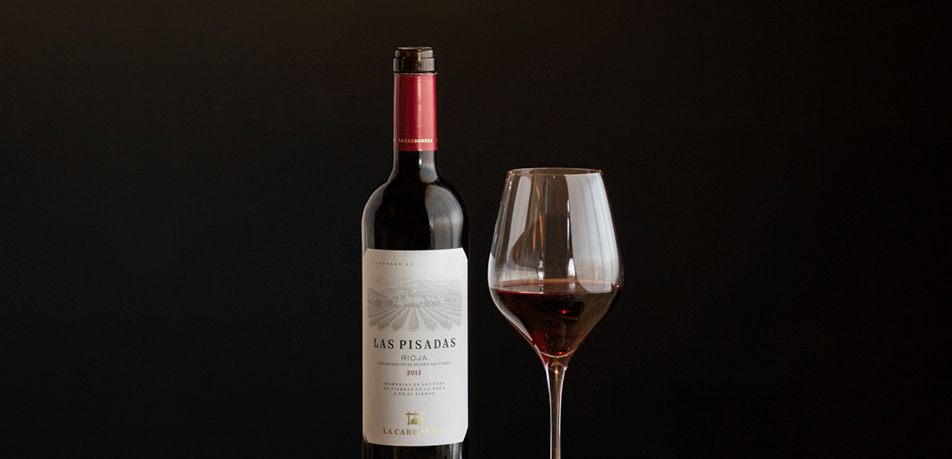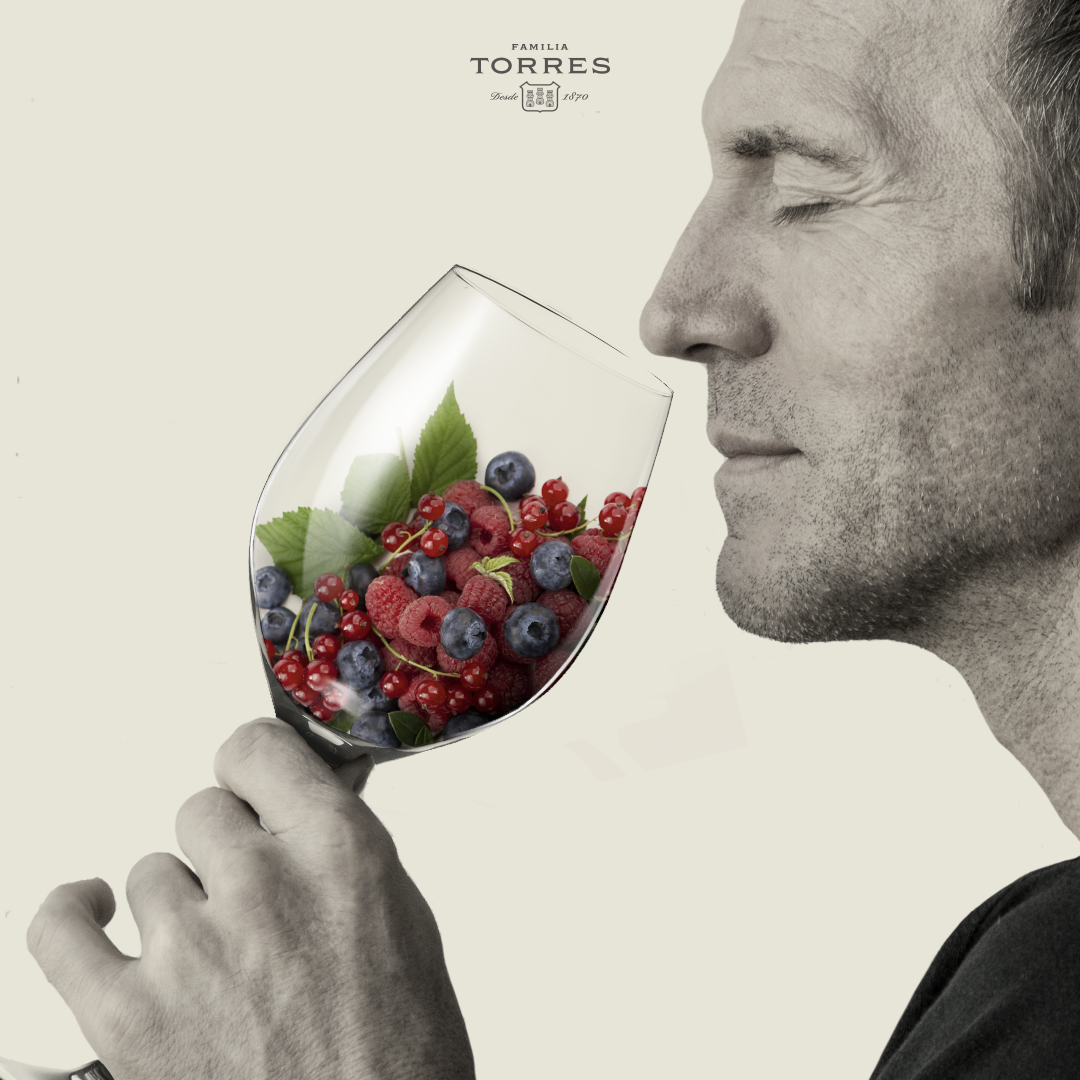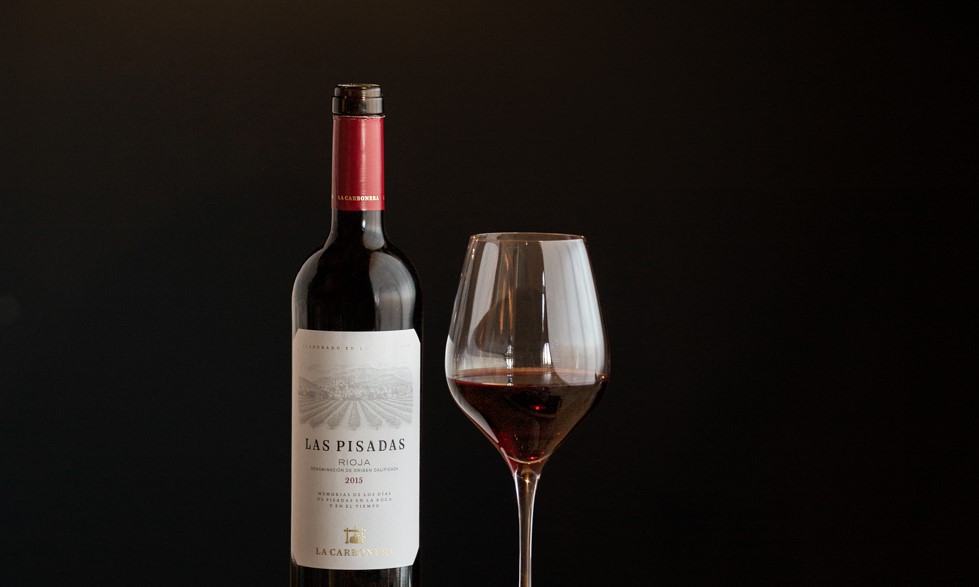THE AROMATIC EXPRESSION OF WINE IN THE GLASS

The expressive potential of a wine depends on how we serve it (bottle or decanter) and the shape, size, and thickness of the glass. All of these factors will influence our perception of the wine. This is the reason for different types of wine glasses, which all offer us different sensory and gustatory impressions.
But why exactly does a wine’s expression keep evolving in the glass?
As an example, let's take a look at Familia Torres's Las Pisadas (DOC Rioja) and its tasting note: “Opaque, dark cherry red color. Exquisite fruit (raspberry jam) with delicate dried fruit notes (dates) and underlying spices (clove). Flavorful and warm in the mouth, with a sensual and very pleasant midpalate.”
In order to understand and appreciate the organoleptic development of the notes in a wine, they need to undergo a correct evolution, not only during the winemaking and aging process, but once the wine is served in the glass.

Image illustrating the olfactory phase of wine tasting
So when Las Pisadas is poured from the bottle into a glass, the wine resumes its intimate exchange with the oxygen present in the atmosphere. The oxygen activates and modifies the aromas as it dissolves in the wine, reaching its peak when the gas and liquid come into balance in the glass; when the pressure exerted on the glass is proportional to the levels of oxygen concentrated in the wine.
This interaction between wine and oxygen opens up new flavor pathways and expands the aromatic expression, which in the case of Las Pisadas begins with an initial impression jammy red fruit, characteristic of the Tempranillo variety.
When wine is poured directly from the bottle into the glass, it absorbs oxygen more slowly and gradually than when served from a decanter. So the subtle, mature, aging-derived notes appear gradually, layer by layer, each at a different pace, in a constant search for the complex, balanced ‘totality’ that orbits our olfactory sense.
The serving temperature also affects the wine-oxygen relationship, because it controls the volatility of the aromas. This is why it is important to follow the recommendations indicated on the label – in the case of Las Pisadas, serve between 15 and 16ºC. Excessively cold temperatures will nullify every interesting aroma. If the wine is too warm, the aromas will seem fleeting, leaving an unpleasant, overly alcoholic sensation while losing every shade and nuance of expression and personality, both of the wine and its sense of place. In short, its identity.
Then there other factors, like the shape and size of the glass, which also influence the perception and diffusion of the aromatic expression of a wine. A glass with a smaller aperture will intensify the aromas, making this style well suited to young wines or varieties with a more discreet aromatic potential.

Las Pisadas (DOC Rioja), the wine
Las Pisadas calls for a glass with a wide opening to allow the deeply layered aging aromas to unfold, which now emerge as a mature delight of spices and dried fruit. This expansive organoleptic complexity needs its own space to live and breathe.
Finally, the amount of wine served also tends to modify our perception of it. The fuller the glass, the greater the difficulty of directing the aromas towards the nose, because the distance between the wine and the rim is too short. It also makes swirling the wine impossible, which slows down its oxygenation and with it the heady evolution of the contents in the glass.
In other words, the wine needs the right glass to reach the full organoleptic potential between content and container. This is the human role in this bit of natural chemistry, which we have to understand and manage in order to perceive the wine through our senses, and through our senses, perceive our environment.
